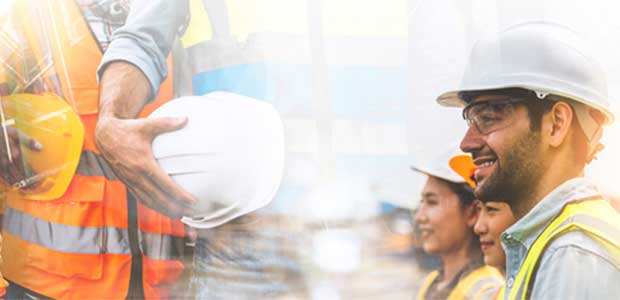
The Future: How Safety Will Continue to Evolve
Let’s take a look into the future of the industry.
- By Sydny Shepard
- Dec 01, 2022
Over the course of the year, the OH&S editorial team has looked back on the history of the occupational health and safety industry as a way to celebrate 90 years of bringing continued education and timely information to safety professionals. We touched on the storied past of safety, including fall protection, hand protection, respiratory protection, industrial hygiene and more, but now it is time to discuss the future.
In our last article celebrating the 90th anniversary of Occupational Health & Safety magazine, we are going to touch on the future of safety. In a way, we have already arrived in the future of safety when you look at the implementation of technology on worksites around the country, but there are so many other ways safety will evolve over the course of the next few decades. Let’s break each of these down.
Technology Brings Enhanced Insights
It doesn’t matter what industry you are part of, the evolution and enhancements in technology will always be part of the larger conversation when discussing the future. Specific to the safety and health industry, technology has always played a large part in ensuring goals are met, data is captured and records and log books are kept up to date.
In the future, I think we will see even more technology layered into worksites to aid in preventing incidents. Let’s take a look at three areas of safety technology that could be utilized in the future.
Data Capture and Analysis. While capturing data for enhanced insights is not new to the industry, the ability to capture enormous amounts of high-quality data, analyze it and predict room for improvement at facilities will be critical in the future. As high production outputs become necessary to maintain everyday life for consumers around the world, understanding fast paced environments and the associated risks in real time could help to reduce occupational injuries and fatalities.
With the introduction of artificial intelligence and machine learning, large amounts of data from inputs such as video feeds, smart metering, telemetry, personal monitoring devices and smartphones will be processed at a rate unintelligible to our average workforce. Taking advantage of these insights can help safety directors and facility owners better predict, identify and correct problems before they turn into costly injuries, traumatic fatalities or have large impacts on communities and environments.
This article originally appeared in the December 1, 2022 issue of Occupational Health & Safety.